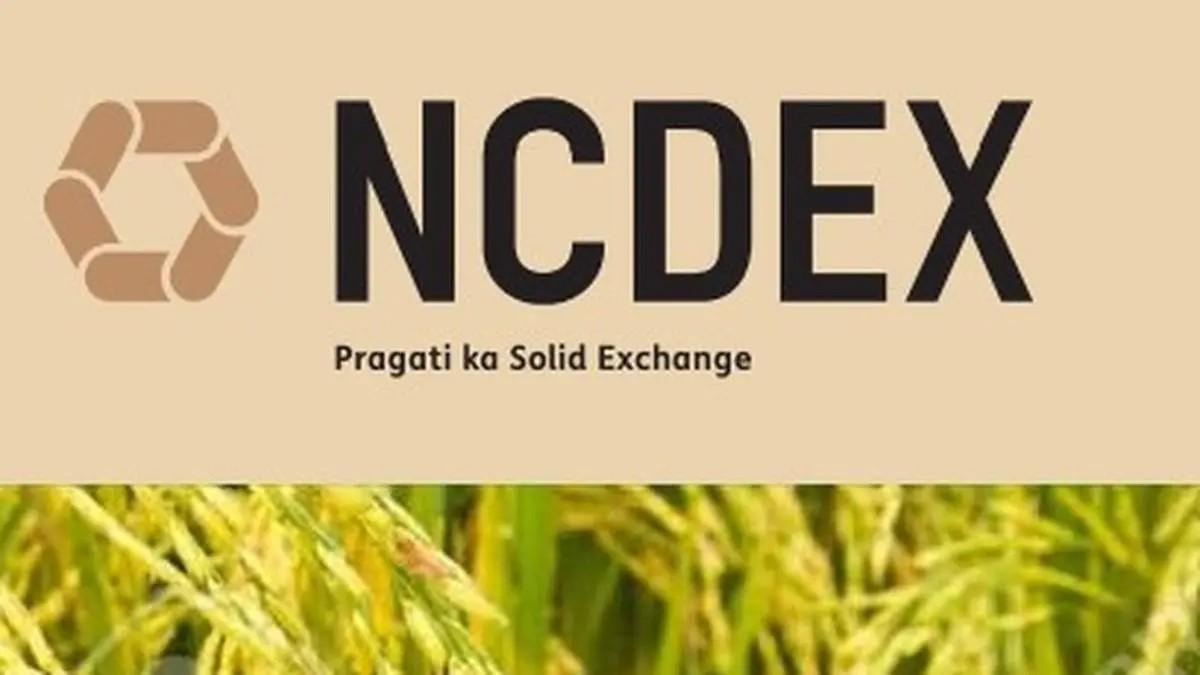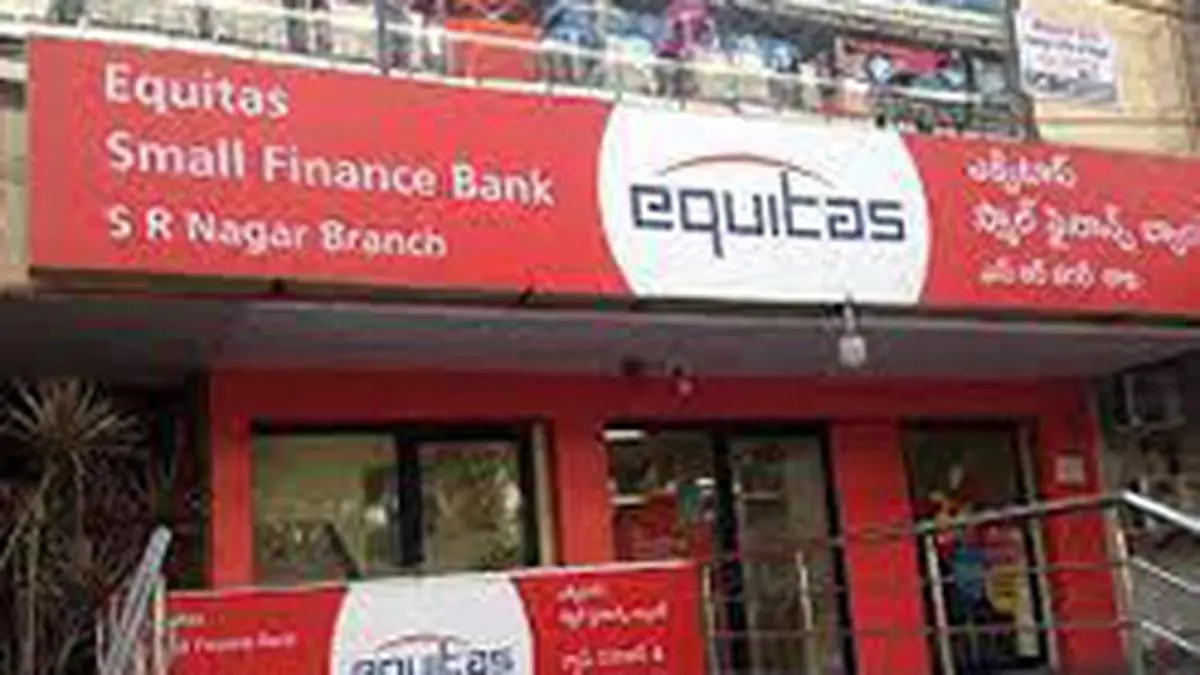
NCDEX gets SEBI’s conditional nod to enter equity markets

NCDEX, which commands a dominant share of India’s agri-commodity trade, must also ensure sufficient investment in technology, operations, and risk frameworks before the launch.
The National Commodity & Derivatives Exchange (NCDEX) has received an in-principle approval from SEBI to launch equity and equity derivatives trading, but the final go-ahead will depend on meeting a set of regulatory directions.
The market regulator has asked the agri-focused bourse to continue strengthening its commodity derivatives franchise as it diversifies into equities. NCDEX, which commands a dominant share of India’s agri-commodity trade, must also ensure sufficient investment in technology, operations and risk frameworks before the launch.
Further, SEBI has advised the exchange to first build a strong, stable cash equity segment before scaling into equity derivatives. “The move into equity is a natural extension of our founding ethos: enabling price discovery, empowering producers and unlocking financial inclusion. The approval outlines a few directional expectations — each of which aligns well with our vision for a broader, inclusive market framework,” NCDEX MD and CEO, Arun Raste, told businessline.
Equity products
As part of its product strategy, NCDEX plans to introduce sector-linked offerings such as FPO-basket exchange-traded funds, which would give retail investors exposure to aggregated farmer performance. Subject to regulatory approval, it also envisions launching Agri Infra REITs to attract long-term capital into warehouses, cold storage and logistics infrastructure, aimed at reducing losses and increasing producer incomes.
“We envision a capital market where rural and semi-urban savers are encouraged to route their savings into productive investments, so that they are not just price takers but active capital market participants and can generate wealth for themselves,” Raste said.
The exchange’s board has approved raising ₹500-600 crore through a primary equity issuance to fund platform development, compliance infrastructure, member onboarding and product innovation. “We are engaging agri value chain stakeholders, institutional investors aligned with long-term infrastructure plays and global ecosystem players in AgriTech, rural fintech and inclusive capital markets,” Raste said, adding that fundraising discussions are progressing well.
Rural inclusion
Alongside products, the exchange is building an accessibility framework that includes skilling programmes for rural investors and brokers through the NCDEX Institute, dedicated on-boarding support for farmer producer organisations and small enterprises, and API integrations with rural fintech platforms for easier market access.
With a network of over 650 farmer-producer organisations across 16 States and a reputation for trust in rural India, Raste expects the exchange to become “India’s first equity exchange truly built for Bharat,” serving as a listing and investment platform for agri-tech companies, rural-focused fintechs, cooperatives and small enterprises.
NCDEX is backed by institutions including the National Stock Exchange, LIC, Nabard, ICICI Bank and IFFCO. It currently offers contracts in cereals, pulses, oilseeds, fibres, spices, guar complex and metals, and will now seek to leverage this deep rural base to expand into the equity space.
Published on August 8, 2025


